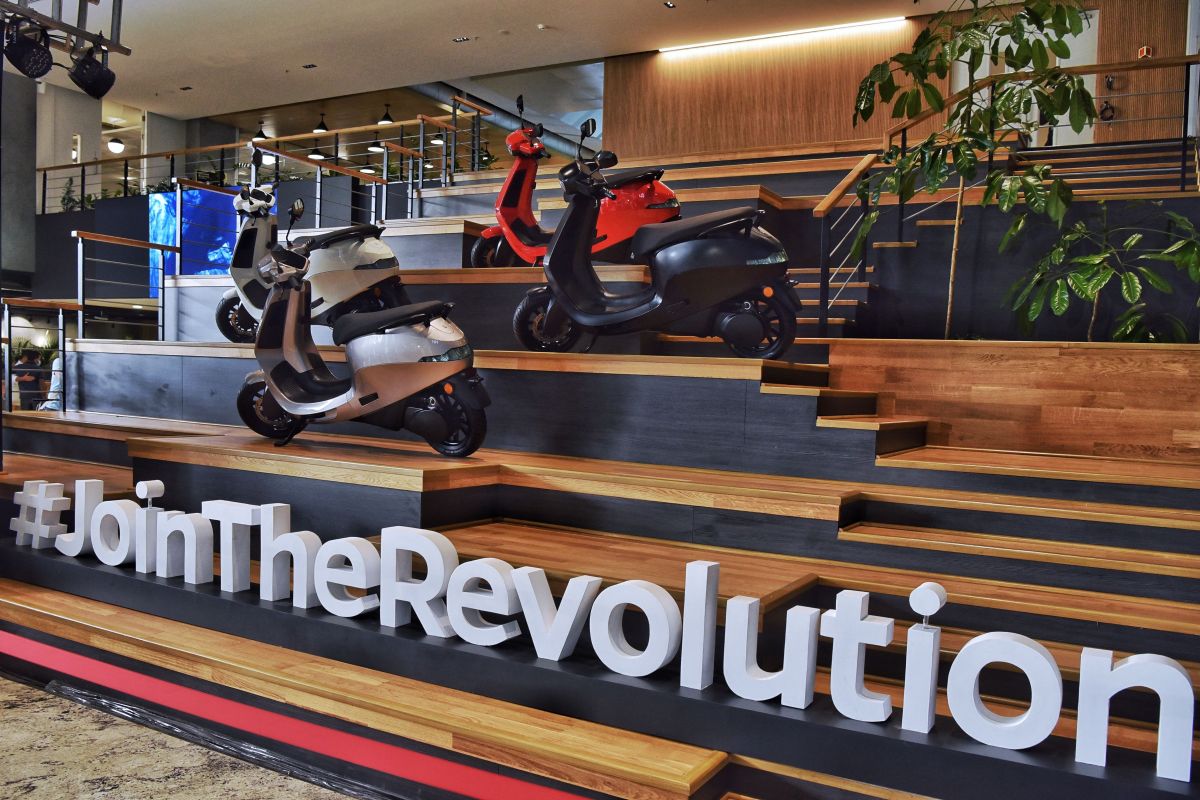The electric two-wheeler market in India has seen a significant increase in startups, with the number rising to over 150 from 54 in 2021. This growth is attributed to government incentives promoting clean vehicles and reducing oil imports, as per a new analysis.
The competition in this segment is expected to grow exponentially, with annual sales projected to reach 15-20 million units over the next decade. According to a report by Bernstein, most startups are competing in the mainstream market, focusing on high-speed products rather than speed and range limitations, which were predominant in the past.
India’s goal is to achieve 30% electric vehicle penetration by 2030 and net zero carbon emissions by 2070. The government’s FAME II scheme, which provides subsidies to buyers, has played a key role in driving the growth of the electric two-wheeler market.
Despite a reduction in FAME II subsidies in mid-2023, the number of electric two-wheeler companies in India increased from 124 in June 2023 to 152 by January 2024. A significant portion of this increase is attributed to “importers” who source components or complete vehicles from abroad.
Startups currently dominate the top positions in the market, with Ola Electric leading the pack with a 39% market share as of January 2024. However, the top five players command 85% of the sales volumes.
According to Bernstein’s analysis, the barriers to entry in the electric two-wheeler market are low, as most companies use outsourced models and readily available components. Only half of the founders surveyed had engineering backgrounds.
The government is now focusing on production-linked incentives (PLI) to promote domestic manufacturing. Established automotive companies have been granted PLI benefits, giving them a potential cost advantage over startups.
The report suggests that up to five startups could emerge as significant players alongside established companies, but warns that intense competition may limit industry profit margins and returns in the near future.


